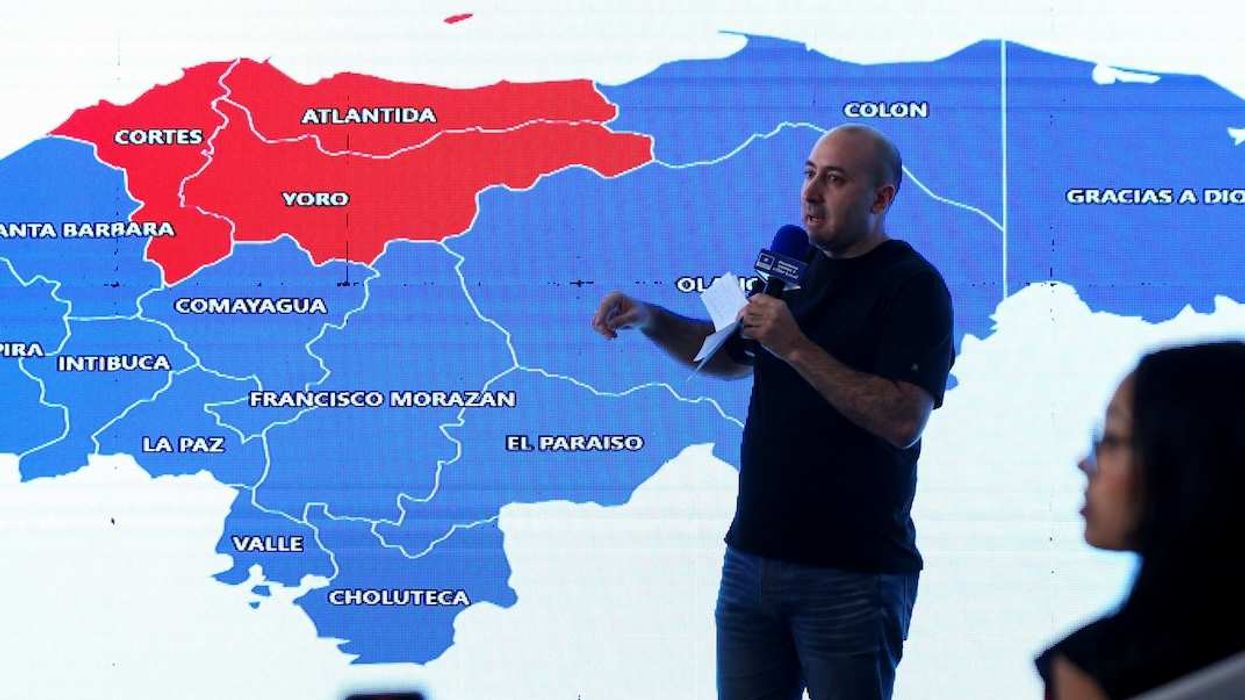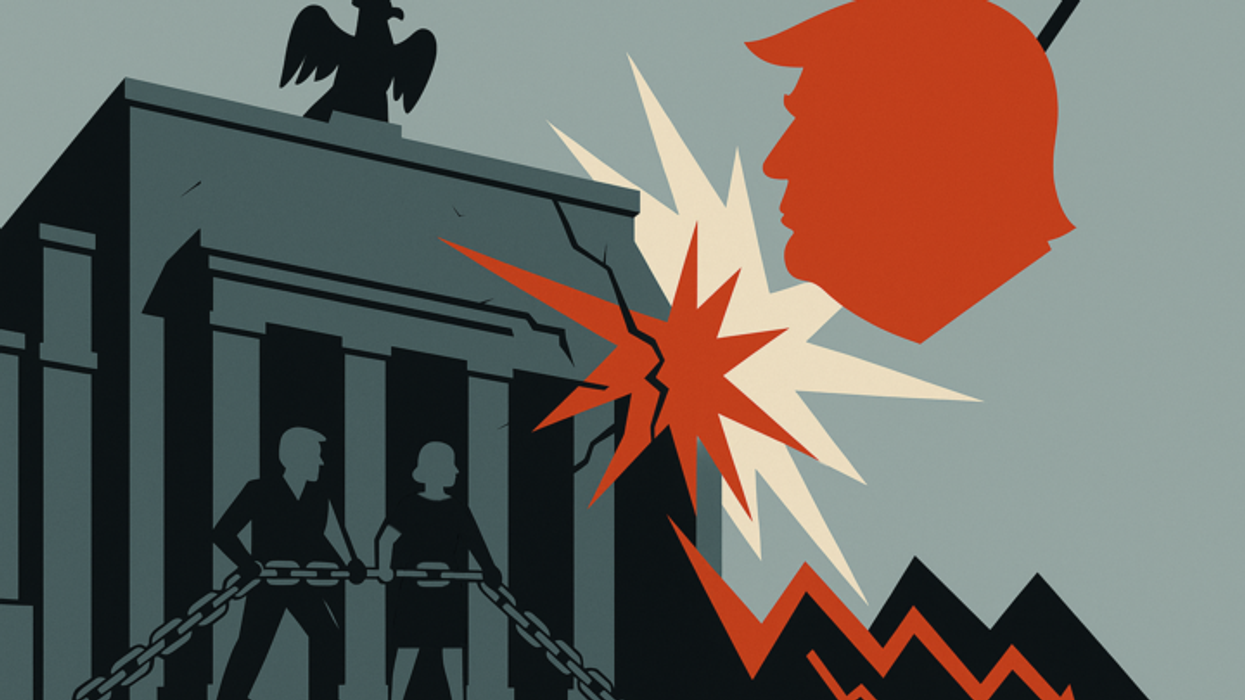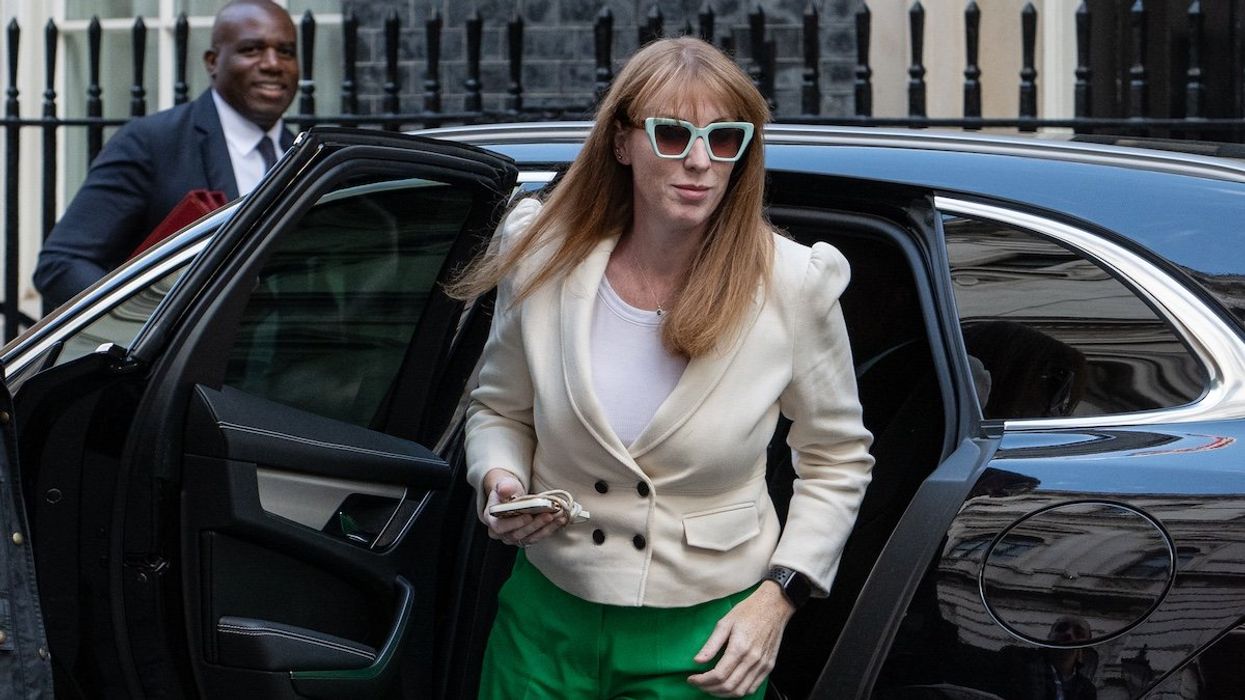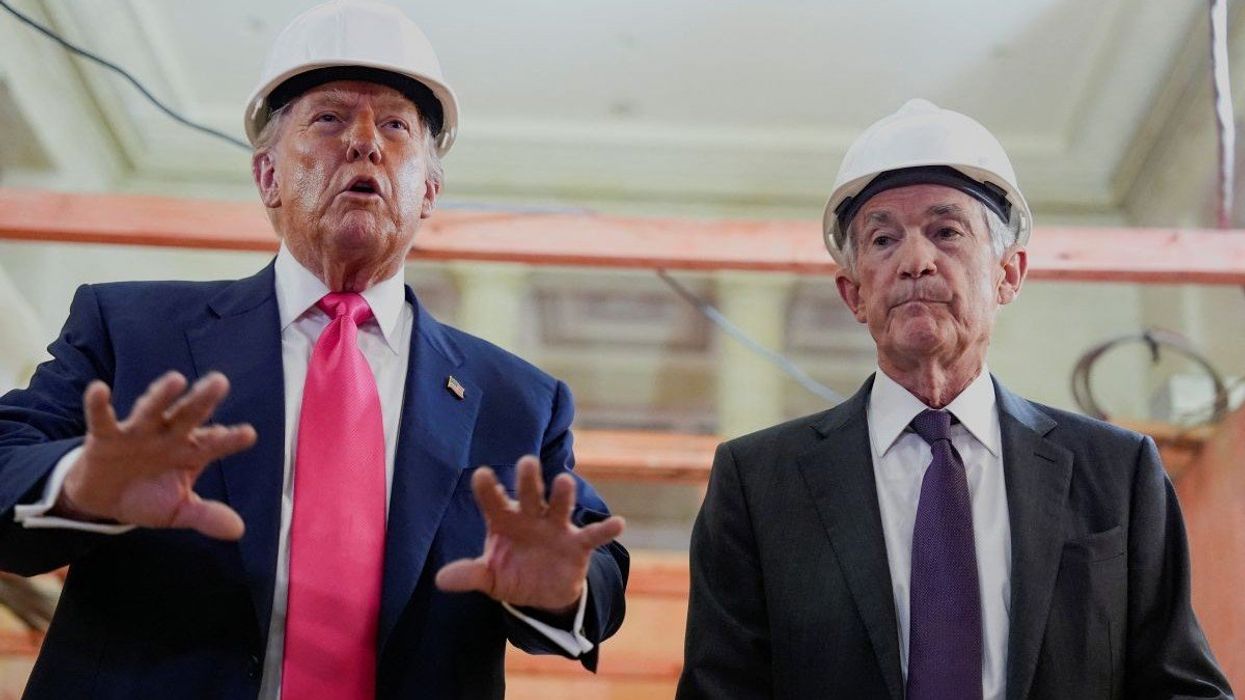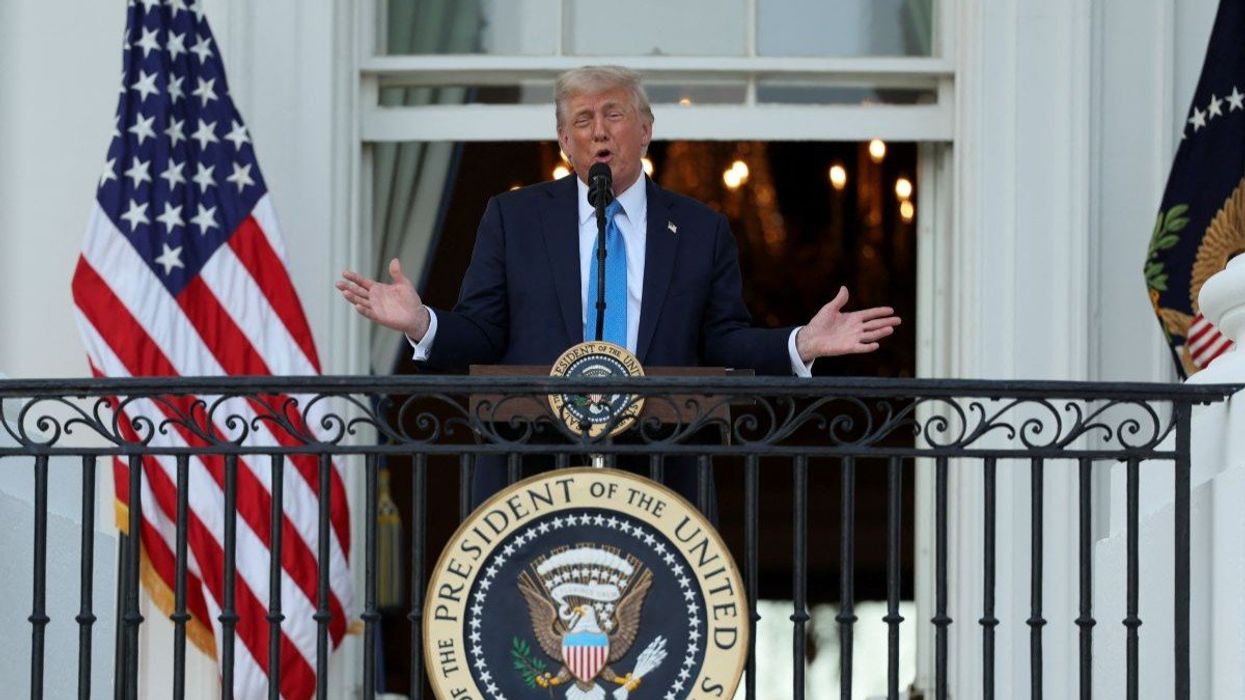Hard Numbers
Hard Numbers: No daylight in Honduran presidential race, Japan’s lead banker sends bonds falling worldwide, Bird flu spreads like wildfire, Republicans seek to avoid Tennessee catastrophe
There are close presidential races, and then there’s the one in Honduras, where just 515 votes separate the top two candidates following Sunday’s election in the Central American nation.
Dec 02, 2025
